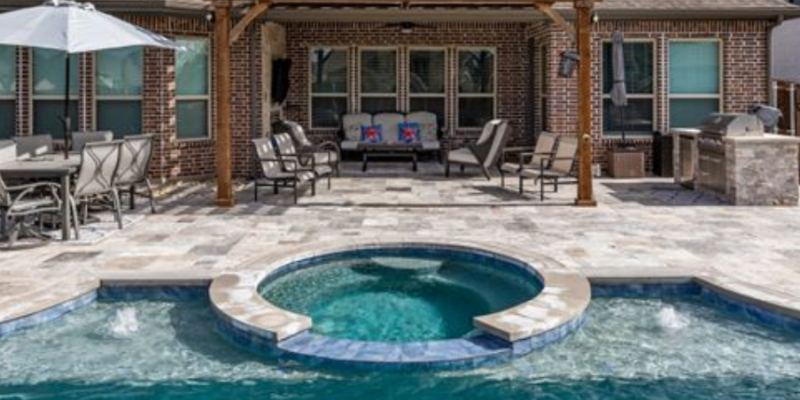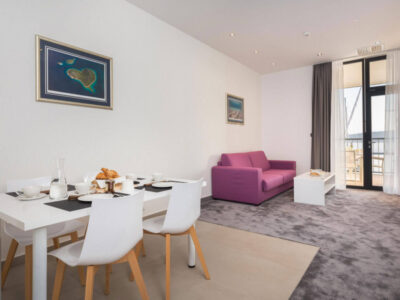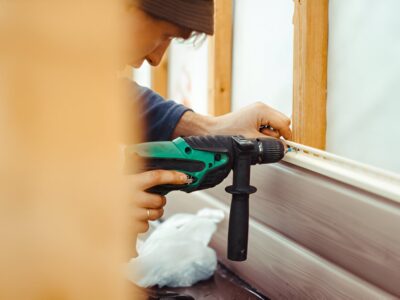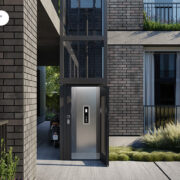Homeowners dreaming of owning their own pool may envision it as the centerpiece of their backyard oasis, complete with soothing summer dips, laughter in the air, and carefree joy while splashing. But before this relaxing reality sets in lies an often-unseen process of pool development: an intricate journey which transforms an idea into watery wonderland. This comprehensive guide delves deep into all stages involved to prepare you for this exciting yet complex undertaking.
Chapter One – Planning and Design
Planning and design are essential to any successful pool development project, laying the groundwork for an effortless experience that blends perfectly into both your lifestyle and environment.
Visualize Your Ideal Pool: Close your eyes and picture yourself using the pool you imagine for relaxation or aquatic games. There may also be factors like:
Location: Find an area with direct sunlight throughout the day while providing shaded areas to provide relief from heat exhaustion. Make sure it can easily be reached from home, as well as being accessible without crossing underground utilities or property lines.
Size and Shape: Your available space and budget will ultimately dictate the size and shape of the pool you build, along with user demands (swimming laps or playing games). There is an enormous range of pool shapes from classic rectangles to freeform designs – consider which will work best with existing landscaping features when making this decision.
Depth: Pools typically feature a shallow end for lounging and gradual depth progression for swimming. To enhance diving experiences or install a diving board as desired.
Consulting Local Regulations: Building a pool will typically require permits from your local building department, to ensure compliance with safety and construction codes. Before beginning construction, familiarize yourself with any local laws regarding pool fencing, setback requirements from property lines and safety equipment requirements.
Chapter 2: Select a Pool Contractor
Partnership with an experienced pool contractor is highly recommended when undertaking any residential pool project, from permit acquisition and design through construction and final inspection. Some key attributes to consider:
Licensing and Insurance: Be certain your contractor possesses all necessary licenses and insurance to operate in your region.
Experience: When hiring a pool builder in your region, choose an established firm with a proven record.
Reputation: Read online reviews and contact references in order to assess a contractor’s quality of work and customer service capabilities.
Communication: Select a contractor who responds well to your inquiries and concerns and who you feel comfortable collaborating with.
At your initial consultation, discuss your vision for the pool, budget and timeline with the contractor. They will then present a proposal outlining all work to be performed along with materials used and estimated costs.
Chapter 3: Construction Phases Are Outlined in Detail
The pool development process takes several phases, each demanding meticulous care in its execution. While specific steps may differ depending on which pool type (concrete, fiberglass or vinyl liner) is chosen, their general sequence remains constant:
Excavation: Heavy machinery will carefully excavate the earth according to your pool’s size and depth, with any excess material hauled off or used as part of landscaping efforts.
Foundation and Substructure: Depending on the pool type, a solid foundation will be created from crushed stone, gravel or concrete. At this critical step in construction, plumbing lines and electrical conduits for equipment and lighting installation will also be laid.
Building the Pool Shell (Concrete Pools): When building concrete pools, an excavation must first be constructed using steel rebar cages before multiple layers of sprayed concrete are applied and left to harden completely before curing and curing begins.
Installing the Pool Wall (Fiberglass/Vinyl Liner Pools): Prefabricated fiberglass pool shells are carefully lowered into excavation. For vinyl liner pools, steel wall structures are erected before custom fitting a heavy-duty vinyl liner to the excavation for added support and security.
Decking and Coping: Pool perimeters are typically finished off with decorative and functional deck or patio materials that add style. Coping stones are installed along the edge to give a finished and seamless appearance.
Installing Pool Equipment: Once all necessary parts have been purchased and assembled, installation takes place carefully to connect them with plumbing lines and ensure proper functioning of each component of your pool’s filtration, pump, and chlorination system.
Interior Pool Finish for Concrete Pools: When designing and building concrete pools, an interior finish of plaster, aggregate or other pool-specific materials should be applied for optimal aesthetics and water clarity.
Add Water features and extras such as waterfalls, fountains, in-pool lighting or built-in benches to enhance the visual appeal.
Water Features and Extras
Consider including extra features, like waterfalls, fountains, in-pool lighting or built-in benches to amplify both the aesthetic appeal and functional use of your pool. These elements will personalize your backyard oasis and offer an exceptional swimming experience.
Chapter 4: Completion and Beyond – The Journey Continues
Once construction has been completed, your local building department will conduct a final inspection to ensure compliance with all codes and regulations. After passing inspection successfully, it’s finally time to fill your pool and enjoy aquatic bliss in your very own aquatic paradise!
However, your journey doesn’t stop there: regular maintenance of your pool is vital for its long-term enjoyment and should continue after construction has concluded. Here are some essential practices for keeping it sparkling and beautiful:
Maintain Proper Water Chemistry: Maintaining proper pool water pH and chlorine levels are crucial to swimmer safety and to avoiding algae growth or cloudy conditions in your pool. Make an investment in a test kit and follow maintenance procedures accordingly for optimal pool care.
Cleansing and Skimming: Skimming leaves, debris and insects from the pool surface regularly is crucial to maintaining its water quality. Use a pool skimmer net and skim the surface frequently after storms or windy days – especially after they have occurred.
Filter Cleaning and Maintenance: Following the manufacturer’s guidelines when cleaning a pool filter is key to optimizing water filtration and clarity. Cleaning frequency depends upon usage patterns as well as environmental considerations.
Winterization (if applicable): To protect against freezing temperatures and prevent potential damage, winterizing your pool involves partially draining it, adding antifreeze to certain components, and covering it securely.
By following these steps and investing in ongoing maintenance, you can ensure your pool remains an oasis of relaxation, recreation, and entertainment for years to come – providing endless hours of recreation and pleasure to you and your loved ones alike.
Chapter 5: Additional Considerations for an Easy Journey
Budget: Constructing a pool can be an enormous financial investment. Be realistic when setting your budget and factor in not only construction expenses but also ongoing maintenance expenses. Consider which features you desire the most and prioritize them according to your available funds.
Safety: Pool safety should always come first. Consider installing a fence around its perimeter, maintaining a slip-resistant deck surface, and creating clear rules and expectations for all users – especially children. Equipment like lifejackets or alarms may also prove useful additions.
Landscaping Integration: When planning the landscaping around your pool, try to integrate it seamlessly with its overall design and create a cohesive outdoor space. Use plants, trees and hardscaping elements that accentuate its visual appeal and functionality into your backyard oasis – such as plants that flourish well in your region and require minimal upkeep around its edge.
With careful planning, informed decision-making, and the assistance of a skilled pool contractor, your backyard can become an oasis of aquatic fun and relaxation. So take the plunge now, and start designing your dream pool today! Be mindful that pool development from initial blueprint to refreshing dip is an exciting journey – by understanding each phase involved and making informed choices along the way, your dream backyard oasis could become reality for years to come!
This post was written by a professional at Pool Stop Custom Pools. https://poolstoponline.com/ has been building custom swimming pools in DFW area for over 20 year now. We has been consistently voted “Best Pool Company” in Rockwall by Living Magazine and its readers year after year. Our goal is to provide the community with the best design and construction technology available. Our team consists of the best and most educated professionals in the industry, across the board. Pool Stop offers a variety of services: New Pool Design & Pool Construction, Retail Pool Store, Pool Supplies, Water Testing, and Pool Cleaner Repair. Stop by today for a FREE Water analysis.












Comments